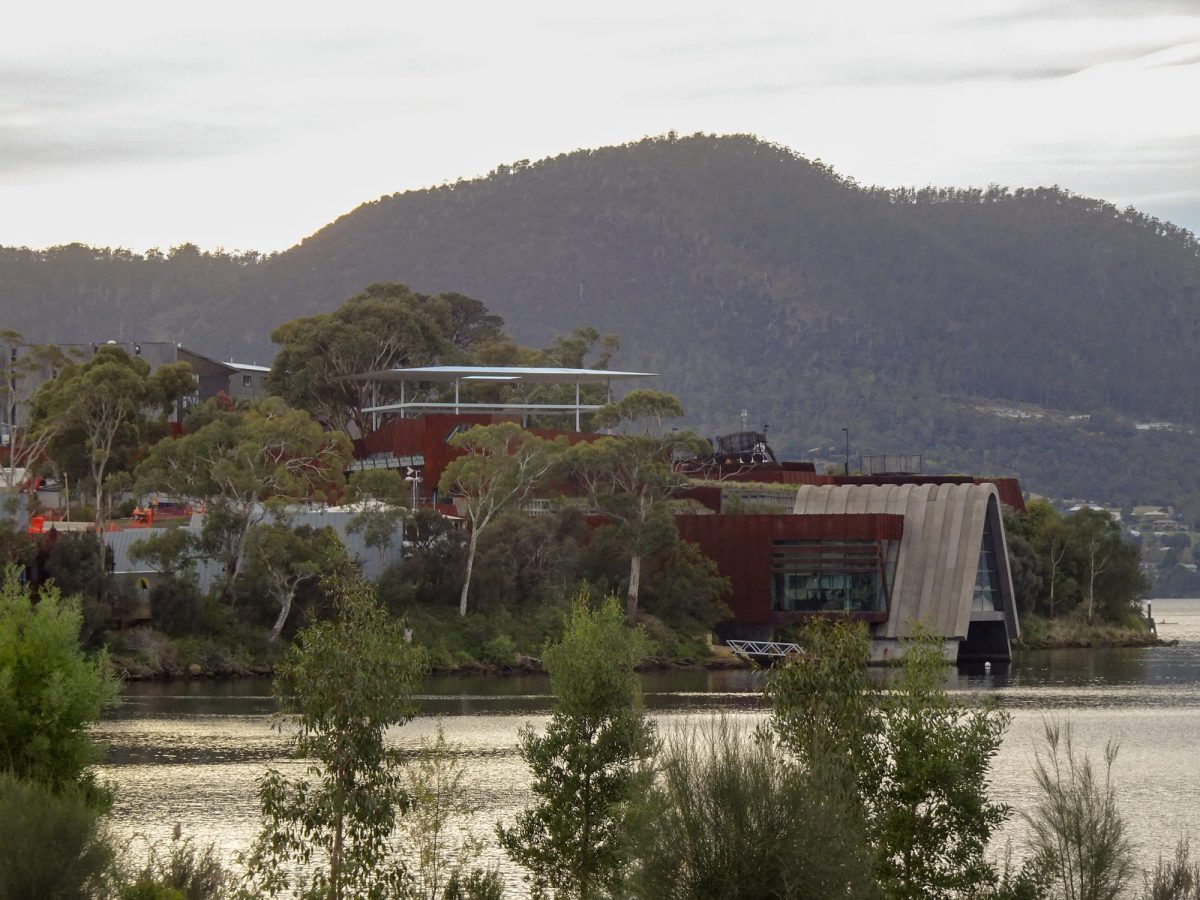In this article:
MONA’s place in the landscape
The recent Supreme Court decision regarding the Museum of Old and New Art’s (MONA) women-only ‘Ladies’ Lounge’ in Tasmania has reignited debates about the role of cultural institutions in Australia. This case, and the subsequent public display by artist Kirsha Kaechele, raises important questions about the balance between artistic freedom, institutional responsibility and the public interest.
MONA, founded by David Walsh, has undeniably transformed Tasmania’s cultural and economic landscape. Its provocative approach has garnered international attention and boosted tourism. However, the institution’s growing influence demands closer scrutiny of its practices and their broader implications for Australian society.
Women are better than men?
While the court’s decision to uphold MONA’s right to maintain a women-only space is significant, it’s Kaechele’s performative celebration outside the courthouse that deserves particular attention. Her statement that ‘the verdict demonstrates a simple truth: women are better than men’ exemplifies the fine line between provocative art and potentially divisive rhetoric. Such statements from figures associated with influential institutions risk oversimplifying complex issues and alienating potential allies in the pursuit of gender equality.
This incident is symptomatic of a larger pattern at MONA. The museum and its founder have cultivated a brand of provocative, often polarising communication. Walsh’s penchant for grandiose gestures – like Walsh and Kaechele’s previous MONA parking spaces labelled ‘God’ and ‘God’s Mistress’ – are often dismissed as mere eccentricity. But at what point does eccentricity become performative narcissism? When does provocation cease to serve any higher purpose? And, more worryingly, as a state – do we care?
MONA’s unique position as a private institution with significant public influence complicates these issues. Unlike public cultural bodies, MONA has greater freedom in its artistic expression. Yet, its impact on public discourse suggests a level of responsibility akin to that of public institutions. This raises the question: should cultural institutions that shape public discourse be held to different standards than other organisations?
Sector echoes
The MONA case is reminiscent of recent controversies involving the Sydney Theatre Company and Melbourne Symphony Orchestra, where artists faced sanctions for making political statements. Greg Barns recently wrote in The Sydney Morning Herald that the recent high-profile example of pianist Jayson Gillham reveals ‘the imbalance between the right of employees to freedom of speech about matters of public interest and the needs of their employers, who have an eye to their perception of their brand’. Unlike countries with constitutional protections for free speech, Australia lacks a clear structure for balancing employee expression with employer interests. As Barns points out, ‘In Australia, the lack of a constitutional right to freedom of speech makes it very difficult for employees to speak in the workplace context about political matters.’ This gap is particularly problematic in the arts, where provocative discourse is often integral to the work itself.
Future approaches
Moving forward, we need to consider how to better protect both artistic freedom and responsible institutional practices. This may involve developing guidelines for cultural institutions that recognise their unique role in society, balancing their right to artistic expression with their responsibility to contribute constructively to public discourse.
Ultimately, the MONA case serves as a catalyst for a broader national conversation. How do we want our cultural institutions to engage with contentious issues? What responsibilities do they bear in shaping public discourse? And how can we protect freedom of expression while ensuring accountability?
Read: Determined to ‘drive men crazy’, Mona’s Ladies Lounge saga continues in the Supreme Court
As MONA and other cultural institutions continue to evolve, they must strive to move beyond mere provocation towards fostering meaningful dialogue and change. Only then can they truly fulfil their potential as vibrant contributors to Australia’s cultural and intellectual life, balancing their artistic mission with their broader societal responsibilities.

